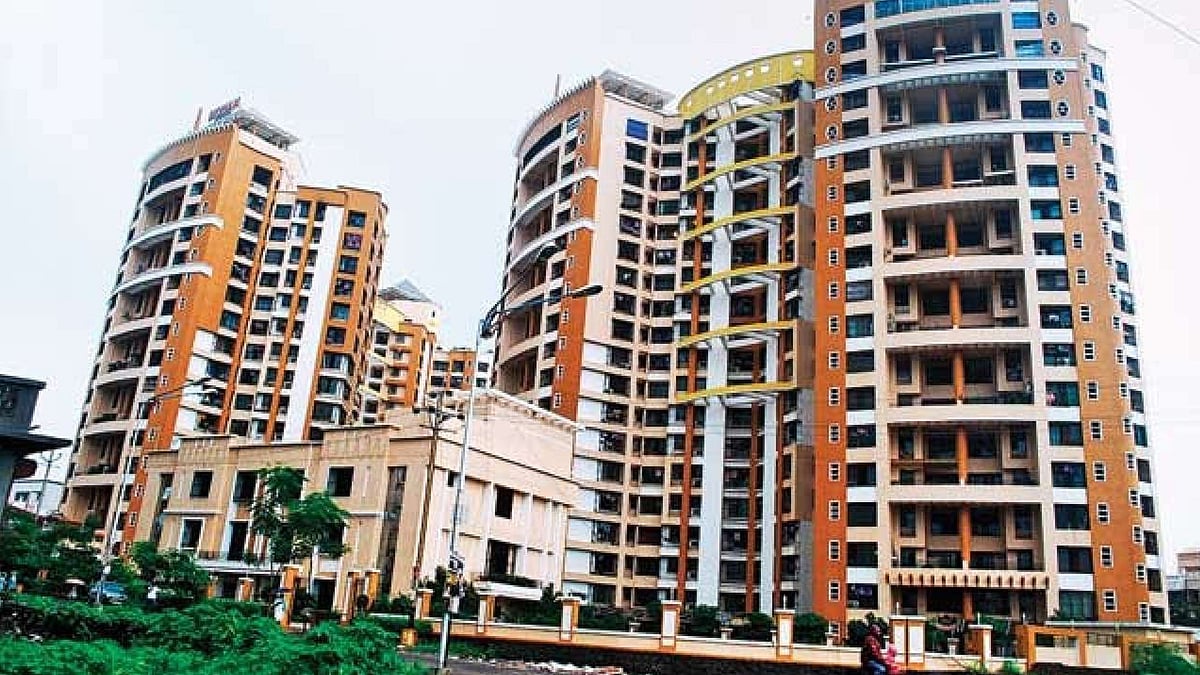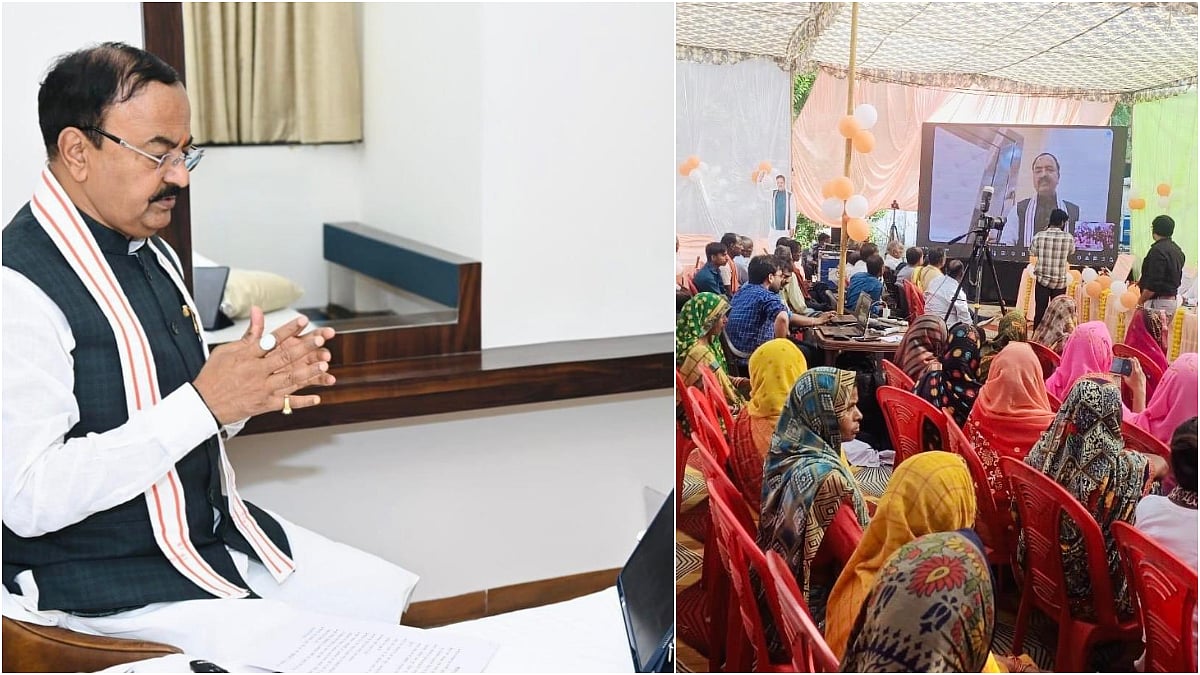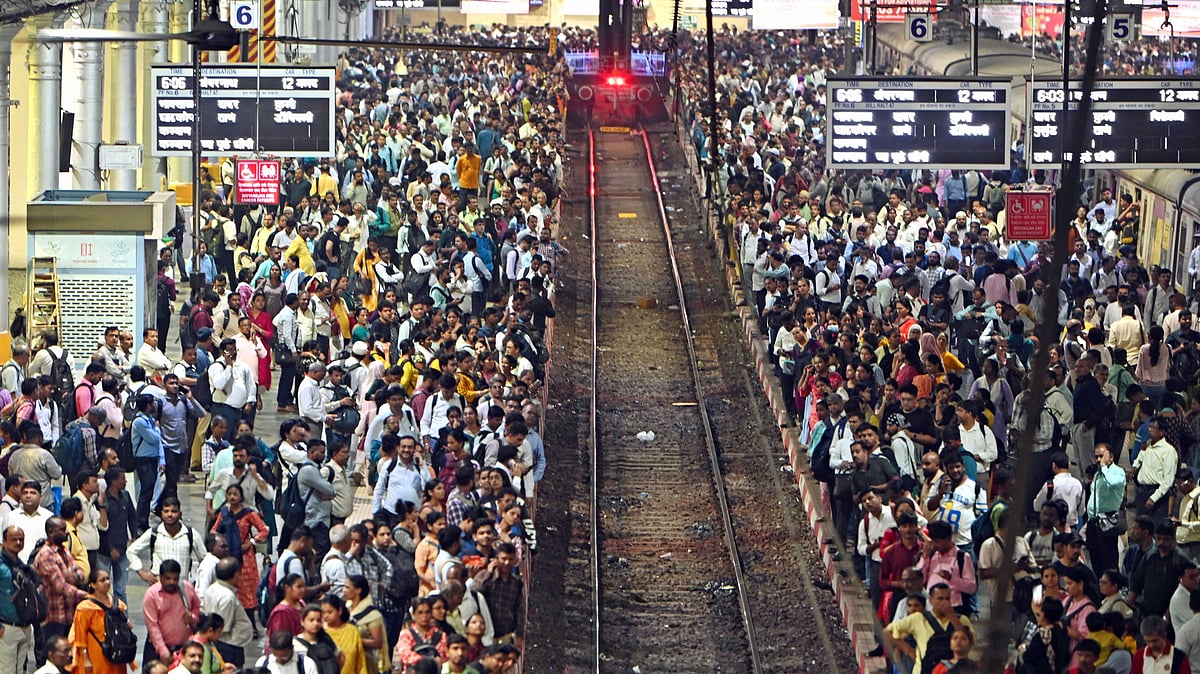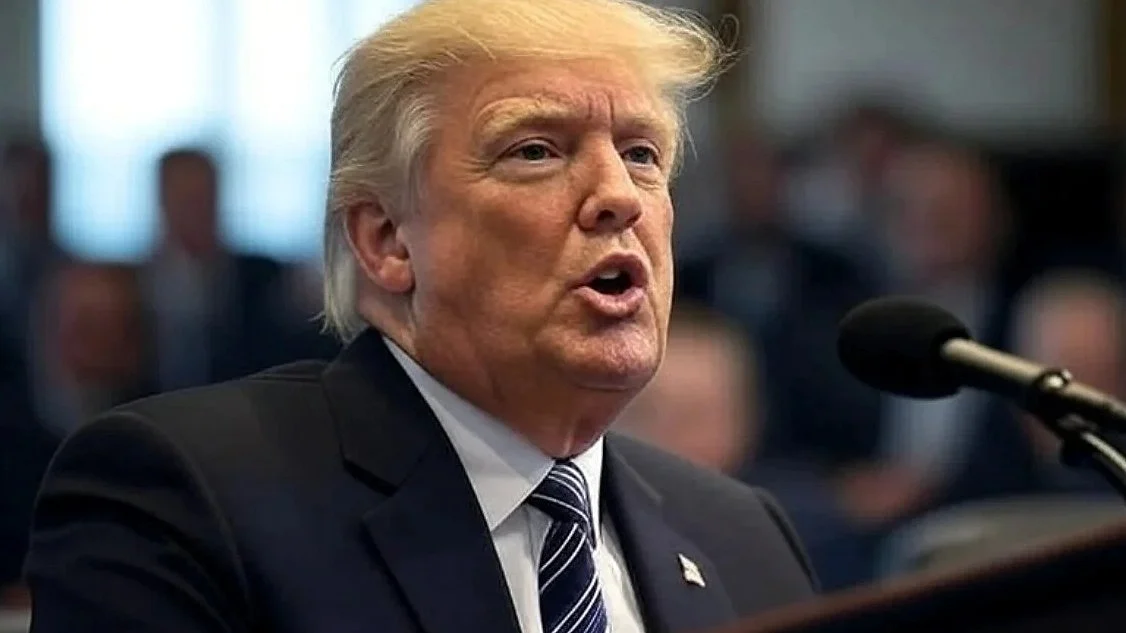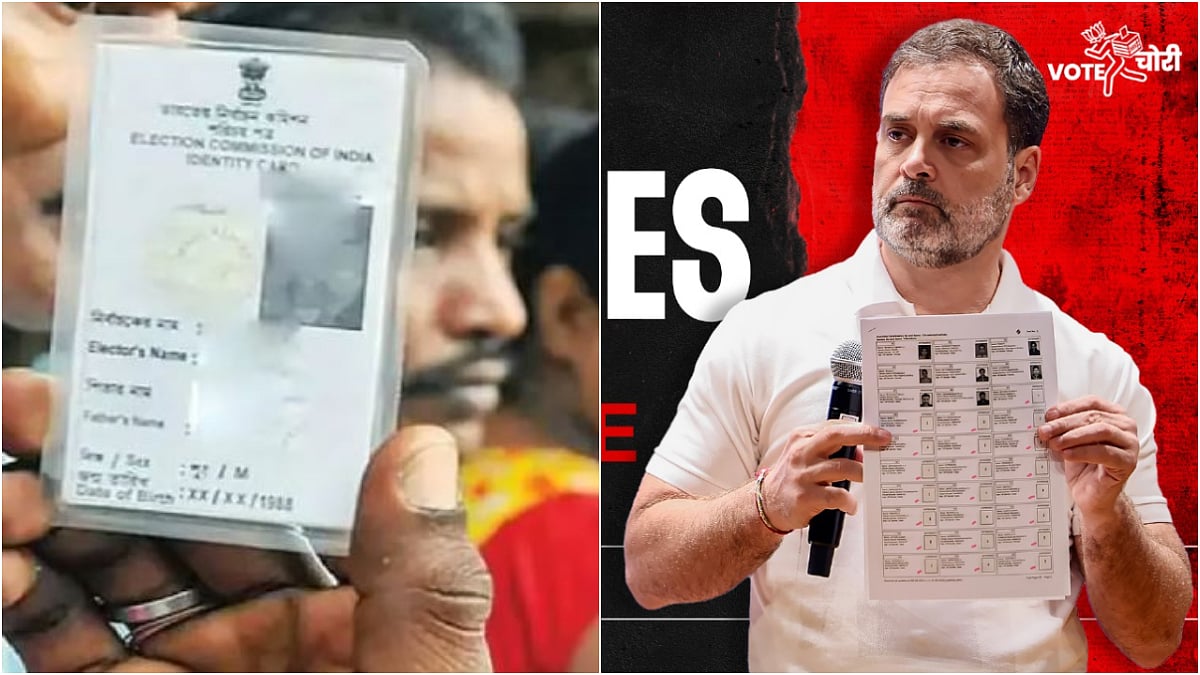The Indian property market is witnessing a revival after having been in a prolonged slump. Lower interest costs, government encouragement to affordable housing, the boom in the IT sector and the enactment of RERA have definitely been growth drivers. The terrible impact of Covid seems to be ebbing away slowly. But does it mean the revival is sustainable and we are back to the roaring years that we saw in the first decade of this century? That will be possible only if we address some key challenges that face the industry.
One problem is that property, as an investment option, has turned unattractive in the past decade. In India, the rental returns from property were never attractive. They are a mere 1 to 3 per cent in the residential sector. Even this is taxed with very little tax incentives to landlords. Property tax is high and money needs to be spent periodically on refurbishment. In contrast, the interest you pay on home loans has fallen but is still at 7 per cent. So, as an investor, if you took a loan to buy a new home and rented it out, you would be losing around 5 per cent every year. And if you just kept money in the bank as a deposit, you would make 7 per cent.
In sharp contrast, in most other economies, the rates of interest on home loans are about 2 to 3 per cent less than the return you get from renting out the apartment. In the past, in India, there was capital appreciation in double digits and that attracted the investing class. Now, that appears to have disappeared and the share of investors in the homebuyer market has come down sharply. It has become purely an end-user market, which is never good for any market.
Luring back investors
One way we could tempt investors into buying homes is to bring back the old provisions in the Income Tax Act which provided for the offset of interest paid on home loans against any other income, including salary income. This provision was there for a number of years but was removed by the Modi government as soon as it came to power. This was in fact, one reason for the collapse of the high-end housing market. It is always good for investors to be in a market because they give the size and liquidity which markets need.
The other side of the rent market is interesting. The ‘baby boomer’ generation valued security and it was unthinkable for a married person not to own a home. Now, the millennials have a different attitude. They would rather rent a place rather than enter into a long commitment of paying EMIs which may stretch over 15 to 20 years. Uncertainty over jobs is also a big factor. Covid was a nightmare, as urban salaried classes faced pink slips. Even those who managed to hang on faced salary cuts. With this uncertainty about jobs to worry about, people in their 30s and 40s are thinking twice about adding on a long-term commitment.
Indian property prices are still high compared to income levels in the country. A two-bedroom apartment costs not less than Rs 75 lac in urban areas and probably more in Mumbai and Delhi. Median salary incomes are around Rs 10 lac per year and a married person probably saves Rs 1 to 2 lac per year. So it takes seven to eight years of steady income and savings over 30 to 60 years to own a home! In foreign countries, this is very much less. So the only solution to break this logjam of incomes not supporting high home prices is to reduce the price of apartments by at least 30 to 40 per cent from the present levels, as I don’t see incomes rising in India with any great velocity.
Sky-high prices
And that leads to the main reason for the high cost of urban housing in India and this is the exorbitant price of land in Indian cities. In some projects, the cost of the land is more than 50 per cent of the total cost of the apartment. In other parts of the world, these range from 10 to 25 per cent. An obvious solution is for more ‘FAR’ (floor-area ratio) to be allowed, as has been done in Hong Kong and other cities. Some steps have been taken but in my view, high-rises are a good way to reduce land price component. The other is for the government to release huge parcels of land that it owns, for building homes. In Delhi for instance, if the Army and Railways were to give up even 10 per cent of the land they own, prices of apartments would fall dramatically.
Apart from land cost, taxes related to real estate are also very high. The stamp duty charged by state governments for registration of properties ranges from 5 to 8 per cent. Apart from this, the government introduced GST on apartments and with this, the taxes related to the purchase of property in India are the highest in the world. This has adversely affected the demand for properties and also led to a high-cash component in the sale price. A lower tax regimen will surely spur demand and the government will end up getting more tax. This will also reduce the undervaluation of property and the prevalence of black money in real estate transactions, which is one of the murky sides of the Indian property market.
It is obvious that even though a home is a necessity, most middle-class people find it difficult to own a home in a city and manage the EMIs. It is essential this should change and it can happen only through a combination of initiatives by the government. Reducing mortgage rates, incentivising investors through tax measures, increasing the availability of land through selling surplus government land and increasing the ‘FAR’ is the way to go.
The writer is an investment banker and political commentator; his Twitter handle is @pnvijay
